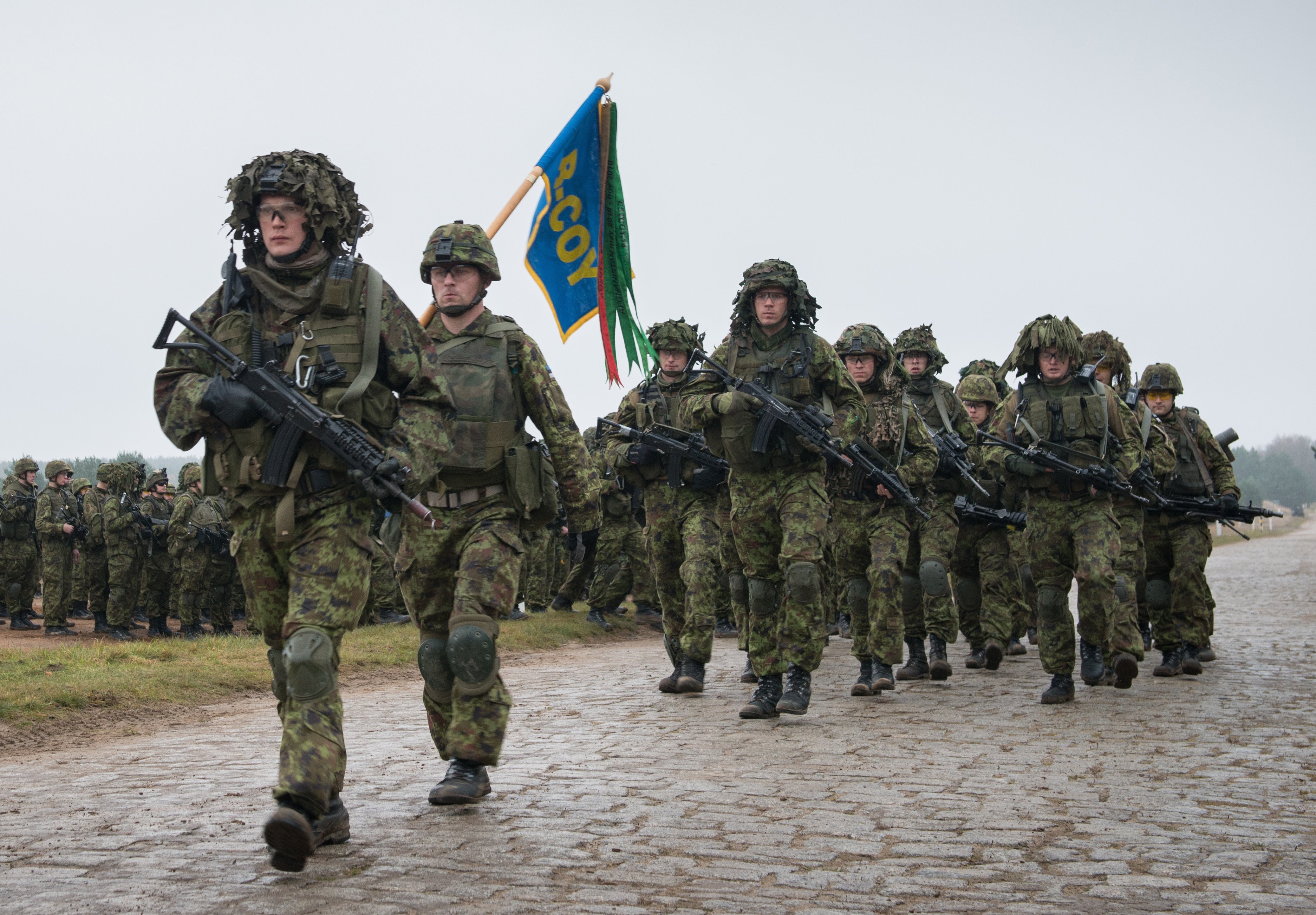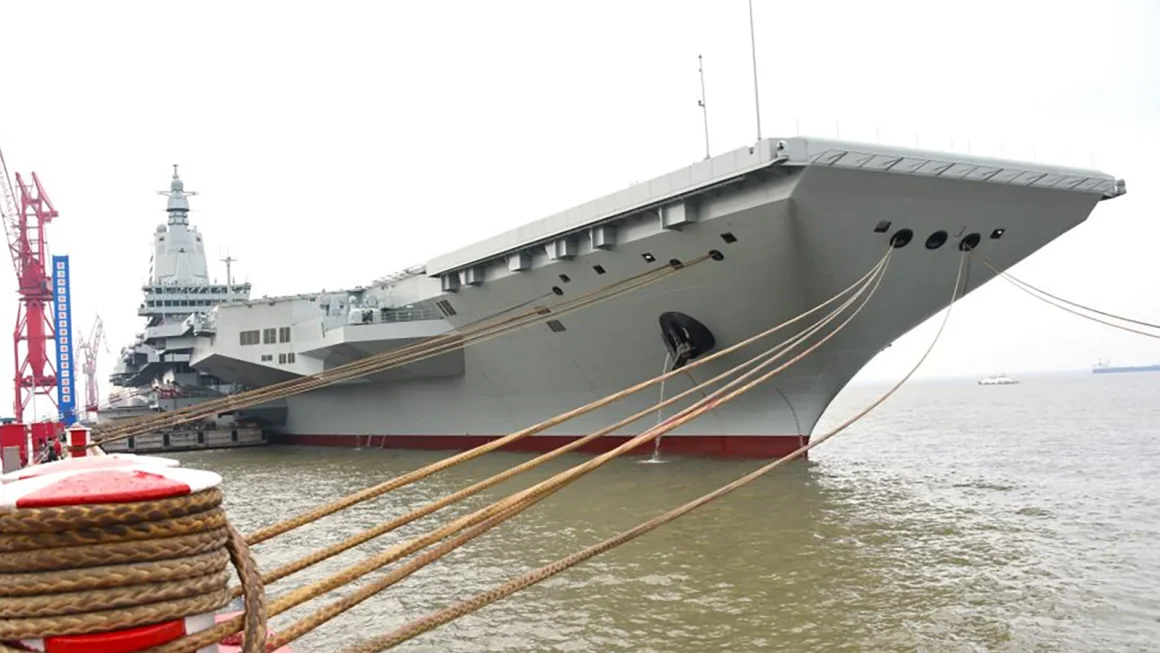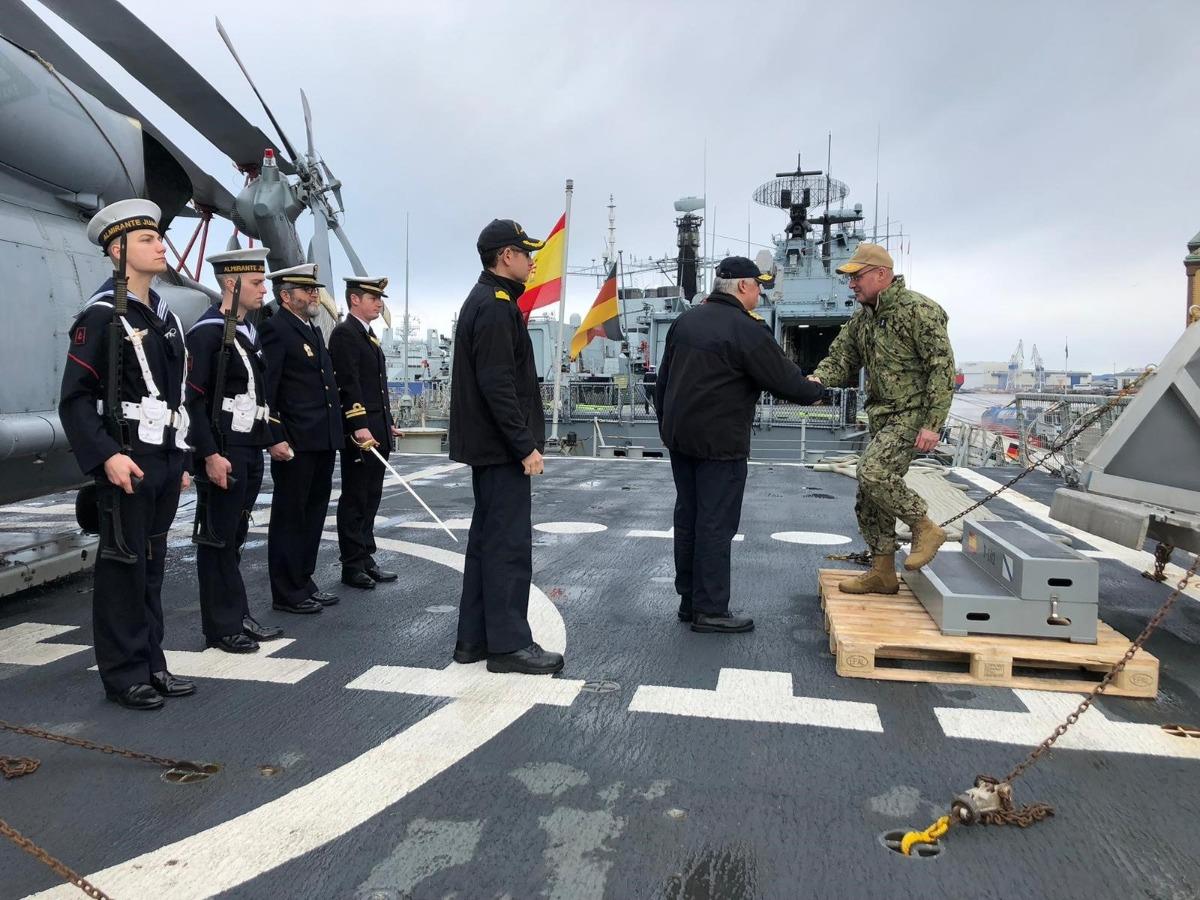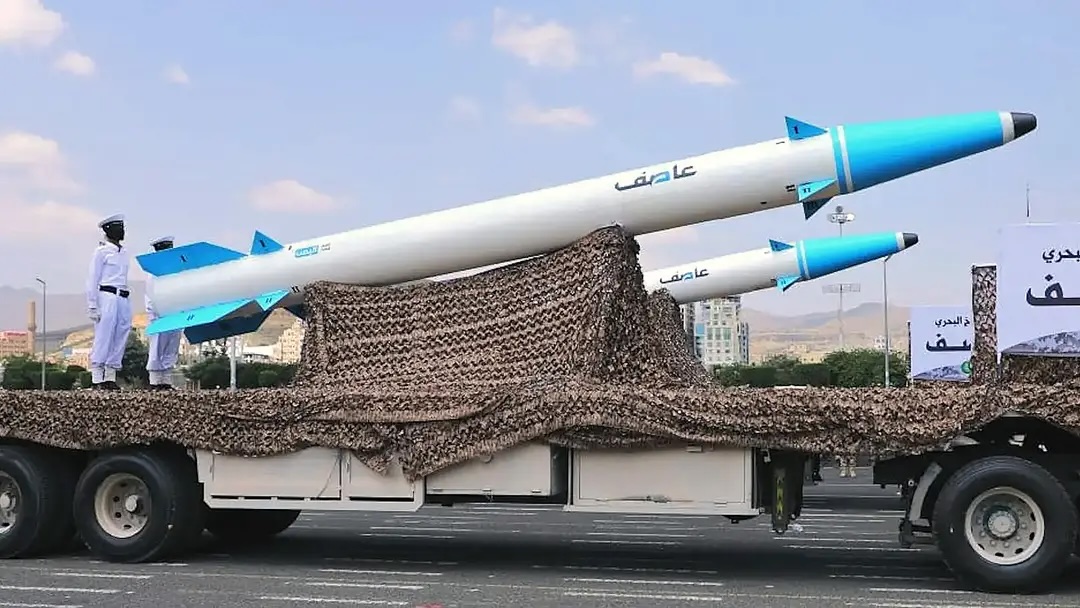
Even though expansion of its role is not on the agenda for NATO’s upcoming meeting, the future of the Baltic states, the continuing crisis in Ukraine and the turmoil over who will be the next president of Afghanistan will overshadow the meeting.
Speaking Wednesday at the Center for Strategic and International Studies (CSIS), a Washington think-tank, Heather Conley, the center’s senior vice president for Europe, Eurasia, and the Arctic, said of President Barack Obama’s trip to Estonia before the Cardiff, Wales, meeting, “I can’t begin to tell you how critical it is that the president visit NATO’s new front line” as Russia continues to pressure its neighbors.
“There has always been a great fear in the Baltic states that if push came to shove, they question whether NATO would really have their backs. And I think it’s very clear, not only with words and our solidarity, but we’ve actually put U.S. soldiers and hardware into the Baltic states,” she said.
Last week, the National Security Council said there was an “ironclad” guarantee that NATO would come to those countries’ defense if they were attacked.
“I think the newsmaker here at this summit will be about NATO’s collective defense response in Central Europe, in Northern Europe, in the Baltics. And it will focus on NATO’s readiness action plan.”
Conley said, “This package we think will include an enhanced presence in Poland, in Szczecin, where NATO has a multinational corps northeast. Right now the Germans and the Danes have taken a leadership role in developing that. And I think you’ll see where the potential of prepositioning equipment, it will not be permanent, it will be rotating, and it will be called a ‘persistent’ presence rather than a ‘permanent’ presence.”
Kathleen Hicks, the director of the center’s international security program, added, “The big question on the U.S. side, as across NATO . . . [is how well] the U.S. will support that, with the strain on our own forces . . . around the world and how much commitment the U.S. will put forward into Eastern Europe.”
It also raised the question of whether member countries will actually spend 2 percent of their gross domestic product on defense. CSIS estimates that just four of the alliance’s 28 members meet that goal to pay for NATO commitments.
At the same time, the reaction by Russia is expected to be strong with a buildup of its forces near Poland, Conley said, but NATO’s actions in Eastern Europe are really reactions to Russian movements in the Crimea and Ukraine and threats to the Baltic states. “NATO has tried to partner with Russia, and clearly that has failed,” she said.
Turning to Ukraine, Conley said, “President [Petro] Poroshenko will be at the summit. He’ll be the only invited leader. There will be a NATO Ukraine summit. And what we’re . . . hearing, that there will be some announcements about some trust funds for Ukraine that will support the Ukrainian military logistics, command and control, cyber-defense, and trying to help defray costs to support the military” as fighting has intensified in southern and eastern parts of that country.
This week, Poroshenko was meeting with Russian President Vladimir Putin in Minsk, Belarus, amid reports of Russian forces crossing into Ukraine.
“In some ways, NATO should thank Vladimir Putin, because it was really in a search for its purpose, post-ISAF [commitment to Afghanistan]. And it was having a fairly significant identity crisis as people were looking toward the summit nine-to-twelve months ago, and now it has not only been repurposed, it’s reinvigorated.”
As for Afghanistan, who will represent that country at the meeting is an open question since the results of its presidential election remain unsettled. While both candidates say they are willing to sign a security force agreement with NATO and the United States, the deadline for the removal of foreign forces from Afghanistan remains the end of the year.
Hicks said, “In the last 24 hours we’ve had the threat of one candidate potentially pulling out of that contested election. So there’s a lot of turmoil in Afghanistan. . . . I think making sure someone from the Afghan government comes will be an important signal for NATO that it is continuing its commitment to Afghanistan and it’s not a rearview-mirror issue.”
Looking at the rise of the Islamic state that controls large parts of Iraq and Syria is not on the meeting’s formal agenda, Hicks said, but “I have no doubt that NATO will take it on. Whether that means there would be a NATO-sanctioned action as in Libya . . . I think is open-ended.”
She added, “I think there’ll be an effort to assure the Turks, and even others along the southern borders of NATO, that the alliance is standing by those members. Nevertheless, there will have to be an acknowledgment that individual European countries, and certainly the United States, are taking action, actively working militarily on issues relating to Iraq and then potentially Syria. We’ll see how the week goes.”





